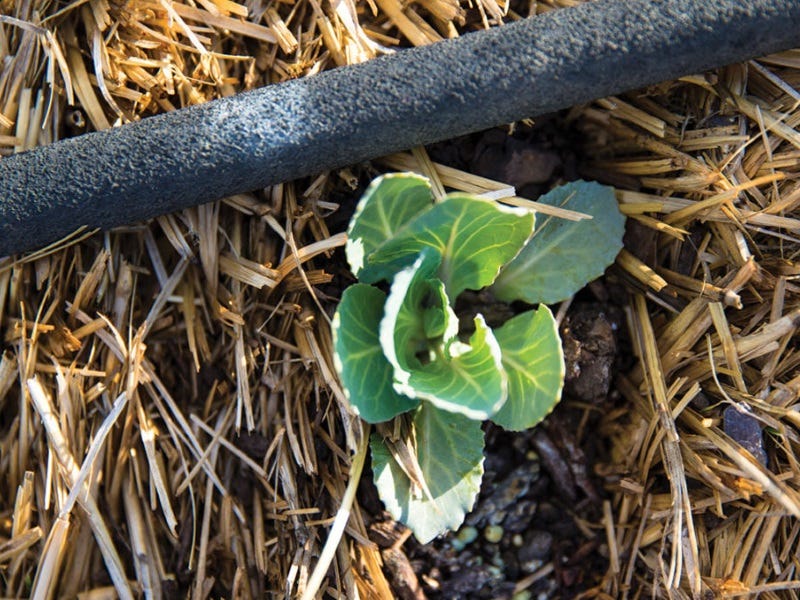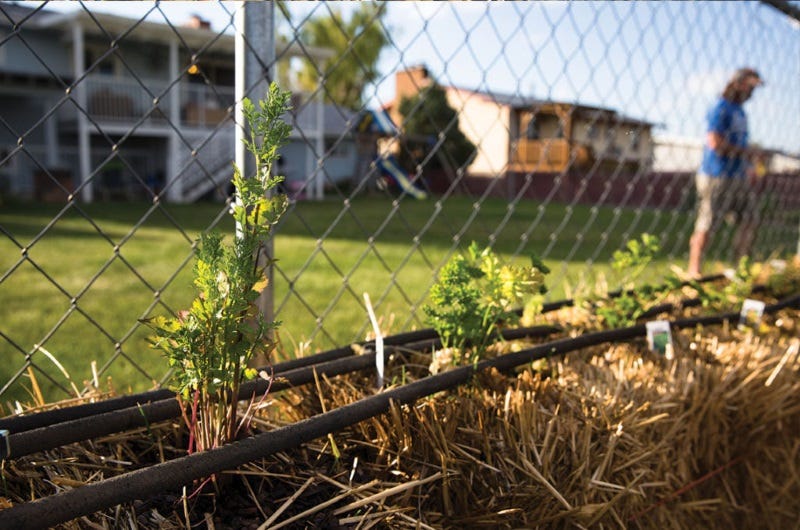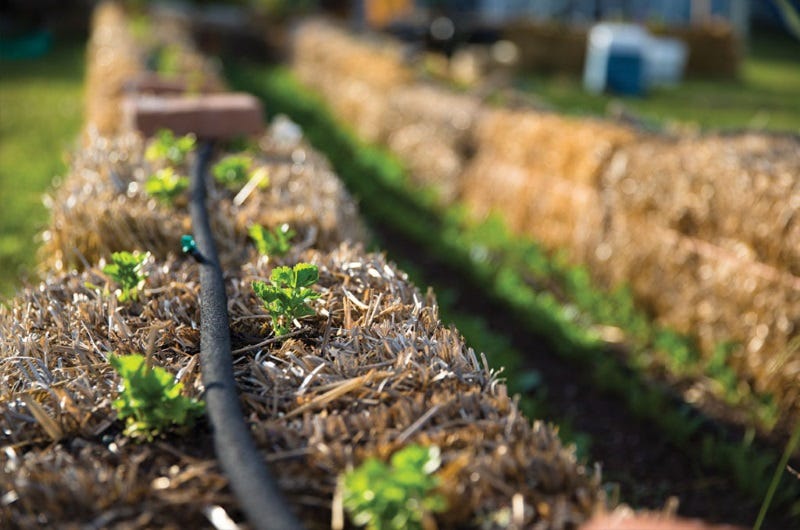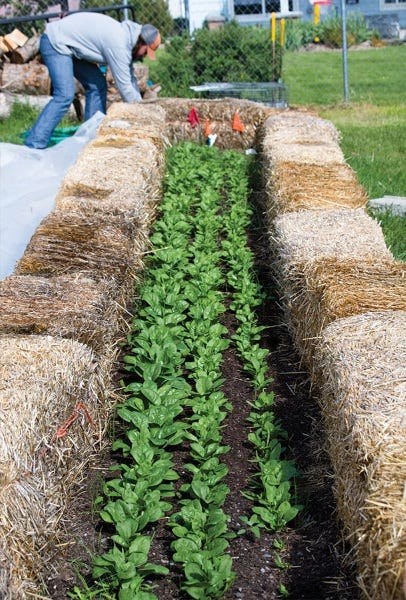No Dirt, No Problem: Straw bale Gardening


No Dirt, No Problem Straw bale Gardening
I have a love-hate relationship with Pinterest when it comes to gardening. Copious pages of pictures with all sorts of beautiful gardens, creative landscapes, perfect rows of veggies guarded by Gnomes and the most amazing flowers that would make Martha Stewart jealous.
This is the part I love. The inspiration. The part I hate? Probably the same part you hate, unobtainability. Unobtainable, until I stumbled across the concept of gardening almost any veggie with the use of little to no dirt. Light bulb flickers on-
Admittedly, I've almost always had dirt (science teachers everywhere are cringing at the word dirt, so I'm sticking with it) to garden in. But the few years I haven't, I've successfully killed plants in pots.

Straw bale Garden Epiphany
Straw bales, not to be confused with hay bales, are plentiful in the northwest, and much of the country for that matter. From the side hills of the Palouse to the Golden Triangle, it is pretty easy to knock on a door and get a bale. If you don't want to knock on a farm door and beg for one, we'd be happy to sell you a bale.
Sales pitch over- The concept of growing food from a bale of straw was odd at first until I thought it through. Commercial growers have been using alternative growing mediums for years, so why not scale it down for the backyard Do-It-Yourselfer? It is, of course, different than growing in dirt. Let me break it down. {A growing medium can be defined as a substance through which roots grow and extract water and nutrients. In native plant nurseries, a growing medium can consist of native soil but is more commonly an "artificial soil" composed of materials such as peat moss or compost. Or-. straw bales!}
- Water: Plants don't need dirt to grow, but they do need nutrients and water.
- Your straw bale garden is going to need lots of water at first, but over time as it breaks down it will become better at retaining water. Have a good water source nearby, or better yet, set it up on a drip system.
Still looking for good soil? Check these out.
- Portability: Not all plants require the same sun.
- Unlike a dirt garden, you can actually move your straw bale garden based on whatever you are growing. This means that, if you are growing a plant that requires full sun or partial sun, you can move the bale to that side of your house, or wherever you are doing this project.
- Want to make it really portable and increase the growing season? Put your straw bale garden in an old shopping cart or wagon. Beat frost by being able to move your garden indoors at night.
- Unlike a dirt garden, you can actually move your straw bale garden based on whatever you are growing. This means that, if you are growing a plant that requires full sun or partial sun, you can move the bale to that side of your house, or wherever you are doing this project.
Deciding what to plant? You have options. Order online here.
- Nutrients, Disease & Weeds:
- Dirt gardens tend to have issues with nutrients, disease and weeds. In a straw bale garden, these things are easier to control or they aren't present at all. Other than a few green shoots that sprout from last year's crop, you shouldn't have many weeds to contend with. You control the nutrients by adding your favorite fertilizer and since your bale has most likely not been exposed to common garden diseases, your bale should be pretty sterile. Additionally, your bale will actually become more fertile as it decomposes over the course of the season, bonus!
- Want to make this organic? Pretty easy. Buy a certified organic straw bale, plants and fertilizer for an instant organic garden.
- Dirt gardens tend to have issues with nutrients, disease and weeds. In a straw bale garden, these things are easier to control or they aren't present at all. Other than a few green shoots that sprout from last year's crop, you shouldn't have many weeds to contend with. You control the nutrients by adding your favorite fertilizer and since your bale has most likely not been exposed to common garden diseases, your bale should be pretty sterile. Additionally, your bale will actually become more fertile as it decomposes over the course of the season, bonus!

Straw bale Gardening Tips
- Turn that straw bale on its side; bale strings will be on the outside & the straw will be vertical. This will do two things for you:
- 1) The vertical straw will retain water longer.
- 2) The strings will be less likely to rot and break.
The best gardening tools make it all easy. Check these out.

